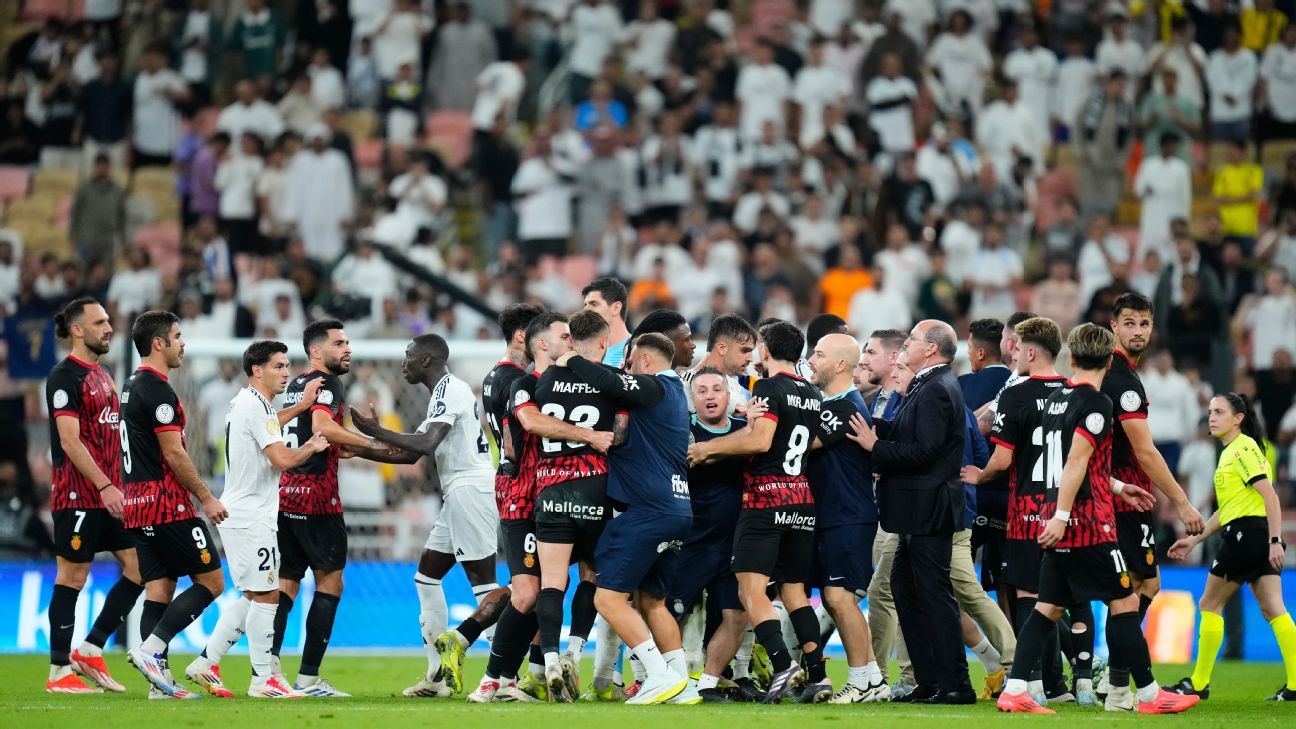Gabriel Tan
Jul 3, 2024, 08:30 AM
On Monday, conjecture over the future of Japan international Daichi Kamada was finally put to rest as it was announced he had signed for Crystal Palace on a two-year contract.
For one of the Samurai Blue's most well-credentialled players, moving to the Premier League was the next logical step in his career progression following an already-creditable European journey that has seen him feature in both the Bundesliga and Serie A.
And for Japan, as one of Asian football's traditional powerhouses, having another export plying his trade in possibly the biggest league in the world further highlights the talent they are consistently producing.
But what does it truly mean for Japanese football? And how can Kamada give himself the best chance of succeeding in the Premier League?
The 'how'
For all the experience and past successes a player might boast, success in a new country is never a guarantee, especially in a competition as unforgiving as the Premier League.
One clear advantage Kamada already has is that, in Palace manager Oliver Glasner, he is reuniting with a tactician who is familiar with what he is capable of from their time together at Eintracht Frankfurt.
In Glasner's two seasons in charge of Frankfurt, Kamada's 93 appearances in all competition was a tally only bettered by goalkeeper Kevin Trapp. The fact that Glasner not only knows Kamada but also has previous history of trusting him to do the job bodes well for the Japanese midfielder.
The 3-4-3 formation that Glasner has been employing at Palace is will also be familiar to Kamada, given he operated in similar systems at both Frankfurt and, most recently, Lazio -- who he left on a free transfer after just one season to pave the way for his move to South London.
Kamada's skillset suggests that his best football could come as a No. 10 but opportunities to feature in that role have only periodically arisen while on international duty.
At club level, he has had to settle for a more traditional central midfield role and yet it has hardly hampered his attacking output.
In his final two seasons at Frankfurt, where he played arguably his best football, Kamada racked up nine and 16 goals respectively -- impressive tallies for one who spent most of his time in the engine room rather than a more advanced position in the final third.
The energy he provides could be crucial to him thriving in the high-intensity nature of the Premier League, and his scoring instincts should make him a handy addition to Palace outfit that only got one goal from their out-and-out central midfield brigade in 2023-24.
While the physicality of the English game has, in the past, been an area in which Asian imports struggle to adapt to, Kamada should have no such issues given his previous European experience -- which also saw him win the Europa League with Frankfurt in 2021-22.
Standing at 1.84 metres, the 27-year-old may look gangly but it belies his battling nature and appetite for the contest -- traits without which surely would not have seen him achieve all his previous successes.
Hailing Kamada as "one of Europe's best attacking midfielders in recent seasons", Palace chairman Steve Parish also labelled the club's new signing "a truly exceptional talent", adding: "his experience, technical quality and commitment mark him out as an excellent addition to our already talented squad."
It is not a given that Kamada will automatically slot into Palace's starting XI given competition is high among a team that last season achieved the club's first top-half finish in the Premier League since 2014-15.
Seasoned campaigners such as Jefferson Lerma and Will Hughes will both be expecting to feature prominently, while England rising star Adam Wharton made an instant impact after arriving in the January transfer window.
Still, if Kamada can rediscover the Frankfurt form he displayed under Glasner, he could just prove impossible to leave out.
The 'what'
By now, Japanese football is no stranger to laying claim to some stellar names to have graced the sport.
Hidetoshi Nakata remains their biggest name to date, while Keisuke Honda, Shinji Kagawa and Shunsuke Nakamura all made their mark under the brightest lights in European football. Shinji Okazaki even claimed a miraculous Premier League title with Leicester City.
Nonetheless, recent attention has shifted to South Korea given the emergence of a certain Son Heung-Min as a genuine world-class talent.
Son's footsteps being subsequently followed by Hwang Hee-Chan and Lee Kang-In has gone some way in enhancing impression that it is South Korea who are now leading the way in Asian football, even if it is Japan who are still the continent's highest-placed nation sitting 17th in the FIFA world rankings.
It perhaps does not help Japan's case that their leading lights at present are primarily defensive players who do not steal as much of the headlines, such as Liverpool anchorman Wataru Endō, Arsenal defender Takehiro Tomiyasu, and even new Bayern Munich signing Hiroki Itō.
But where South Korea have quality -- and an undeniably top-grade one at that -- Japan can more than make up for it with quantity.
Kamada's move to Palace takes Japan's Premier League contingent to four and, as well of a defensive job as Endō and Tomiyasu perform on a weekly basis, the onus will be on him and Brighton's Kaoru Mitoma -- who did enjoy a stellar 2022-23 campaign -- to grab the attention in the attacking third.
With Samurai Blue stars featuring prominently all across Europe's top leagues, there can be no refuting that Japanese football continues to be in an extremely healthy state.
Still, should one of their own take the most heavily-scrutinised league by storm come the start of next season, it will only provide further credence to Japan's claim to being Asia's premier footballing nation.
 (1).png)
 6 months ago
14
6 months ago
14


















